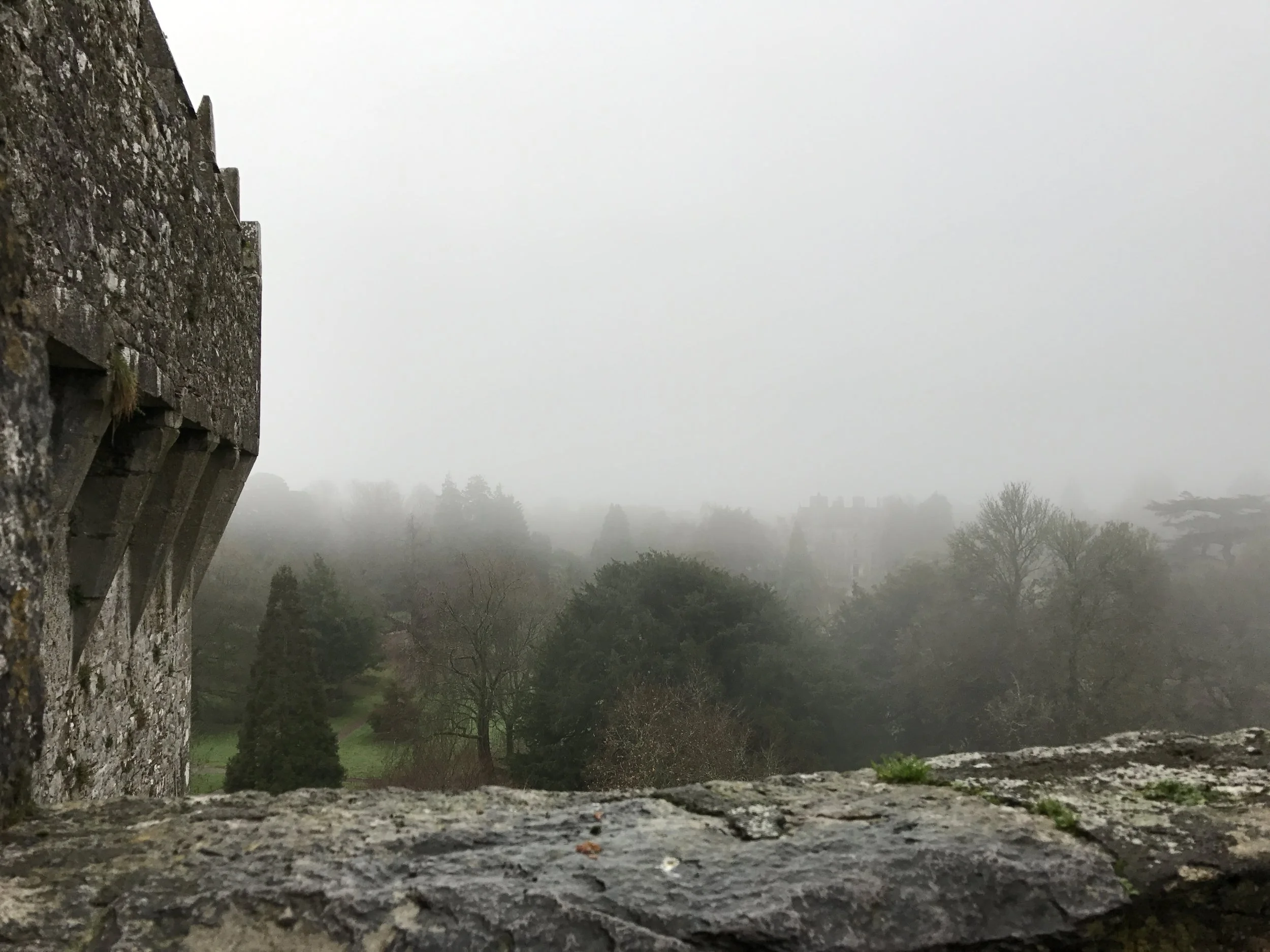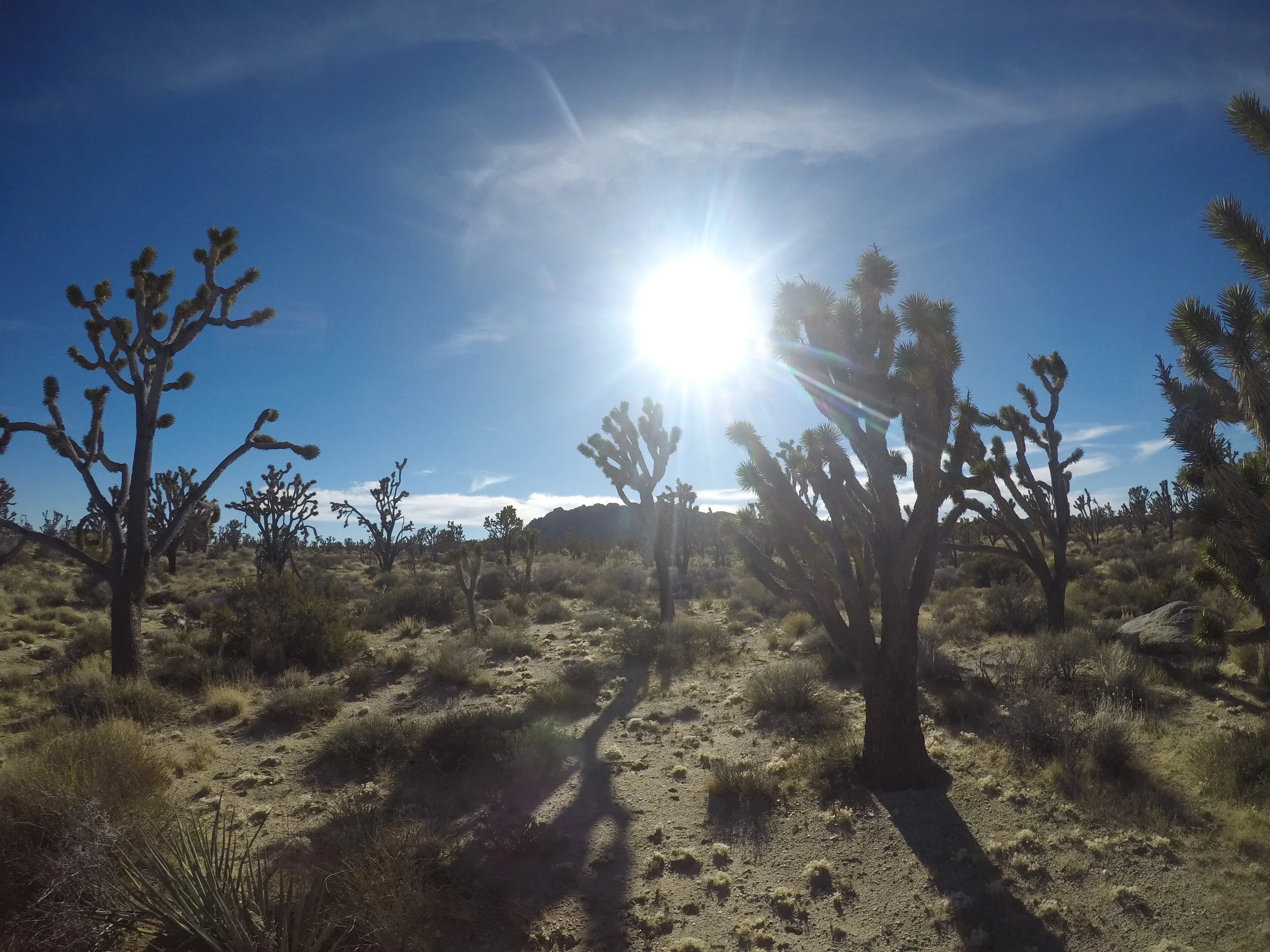With over thirty thousand castles and castle ruins strewn throughout Ireland, the emerald isle is one of the best places to experience medieval architecture, and marvel at the fortifications of feudal time. Out of all the castles in Ireland, ruined or otherwise, the most famous castle is Blarney Castle, just outside of Cork. Unquestionably, Blarney Castle is one of Ireland’s top tourist attractions, along with the Giant’s Causeway and the Cliffs of Moher. Unlike those two locations, Blarney Castle itself is a small area with a number of other attractions.
Levator Gordejuela
As the largest of the Canary Islands, and the third largest active volcano in the world, Tenerife has innumerable beautiful beaches, scenic hiking trails, and historic points of interest. In addition to all of these things, it also has one of the most picturesque and strange ruins in the whole Canary Island chain, the Levator Gordejuela, otherwise known as the Gordejuela Water Elevator, or the Casa del Agua de Gordejuela. Located on the North side of Tenerife, just outside the town of Los Realejos, the ruin looks like a phantasmagorical castle or an abandoned great house above the waves of the Atlantic Ocean.
Mojave Memorial Cross
Along with abandoned mines and homesteads, a telephone booth, and at one point, a secret swimming pool, the Mojave Desert is, and has been full of interesting objects. Out of all these objects, the most controversial has been the White Cross World War I Memorial ("Mojave Memorial Cross"). Erected in 1934 to honor the veterans of World War I, the cross had an unremarkable life for roughly sixty years outside of Cima. However, at the end of the twentieth century, and the beginning of the twenty-first century, opponents of the cross mounted a number of legal challenges against the cross, stating that it violated the prohibitions in the Constitution regarding the separation of church and state, as it was on public (National Park Service) land.
Seventeen Mile Petroglyphs
Without a question, the Mojave National Preserve is one of the wildest units in the National Park system, as it spans over 1,600,000 acres of the Mojave Desert. In this vast area, visitors will find abandoned mines, abandoned homesteads, memorials, and a variety of other things. The park also has a number of rock art sites, ranging from the easy to find (along the Rings Loop Trail), and difficult to find, requiring four wheel drive, exploring and directions. In between the easy to find, and the hard to find is the rock art site commonly called "Seventeen Mile Petroglyphs". The site is named for the nearby Seventeen Mile point in the park; and does have some rock art. Having said that, the site is somewhat difficult to locate, and the rock art along the wash in part, has been defaced, or supplemented by additional drawings, leaving the visitor to wonder which drawings are real, and which are modern. Having said that, attempting to find the rock art is a great adventure for those visiting the Mojave National Preserve for a first time, or repeat visit.
Amboy Crater
For those that have never visited a desert, there is a popular perception that such areas only have miles and miles of flat, featureless terrain. In reality, however, deserts have a huge variety of terrain, ranging from mountains, sand dunes, slot canyons, sunken basins, and a variety of things in between. One of the most interesting things about deserts is that many of them provide evidence of dormant volcanism (such as the Ubehebe Crater), and active volcanism (such as the Mud Pots in the Salton Sea). In the Mojave Desert, there are a number of locations that one can see evidence of dormant volcanism, from the Cinder Cone area within Mojave National Preserve, and the Amboy Crater National Natural Landmark.
Rock Spring Cabin (Bert Smith Cabin)
Dotted across the deserts of California are remnants of mining history. Some areas, like the Pegleg Smith Memorial, represent the more otherworldly aspects of this time period. Other areas, like Scotty's Castle, and the Rock Spring Cabin represent the more practical aspects of this time period. During the late nineteenth century, and early twentieth century, physicians would regularly recommend patients head to various deserts in an effort to cure a variety of ailments. While there are no definitive statistics on the success rate of this placebo, it did ensure that the patients lived out the remainder of their days with warm weather and lots of sunshine.
Pegleg Smith Memorial
From the United States-Mexico border, up through the high desert near Bishop, California is spotted with a number of unique locations that are now protected as public lands. However, as any history buff knows, these public lands were once a variety of wild locales marked by official and unofficial mining claims that were inhabited by scoundrels, mountain men, prospectors, and general never-do-wells. During these times, the men who lived in these areas were in some respects, bigger than life because of the lives they had lived, and the stories of those lives that may or may not have occurred. While John Samuelson of Joshua Tree, Gus Lederer of Corn Springs, and Shorty Borden of Death Valley all had fantastical tales and lives, the desert dweller with the most impressive tales that remain to this day was none other than Pegleg Smith.








